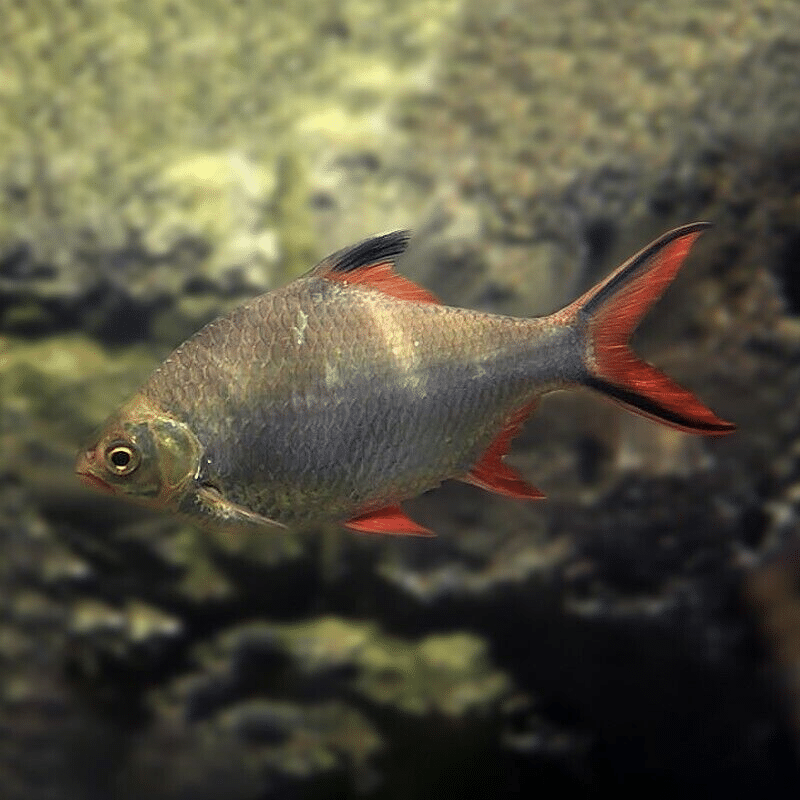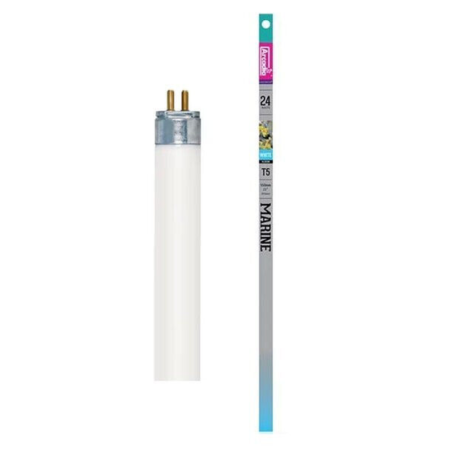To provide the best experiences, we use technologies like cookies to store and/or access device information. Consenting to these technologies will allow us to process data such as browsing behaviour or unique IDs on this site. Not consenting or withdrawing consent, may adversely affect certain features and functions.
The technical storage or access is strictly necessary for the legitimate purpose of enabling the use of a specific service explicitly requested by the subscriber or user, or for the sole purpose of carrying out the transmission of a communication over an electronic communications network.
The technical storage or access is necessary for the legitimate purpose of storing preferences that are not requested by the subscriber or user.
The technical storage or access that is used exclusively for statistical purposes.
The technical storage or access that is used exclusively for anonymous statistical purposes. Without a subpoena, voluntary compliance on the part of your Internet Service Provider, or additional records from a third party, information stored or retrieved for this purpose alone cannot usually be used to identify you.
The technical storage or access is required to create user profiles to send advertising, or to track the user on a website or across several websites for similar marketing purposes.

















Emily Carter (verified owner) –
I recently added two Tinfoil Barbs to my 75-gallon tropical aquarium, and I couldn’t be happier! These fish are simply stunning with their shimmering scales and dynamic colors. The best part is that they love to school together, which brings so much life and movement to my tank. I’ve had them for about a month now, and their personalities have really shone through!
As a caring fish parent, I ensure my aquarium maintenance is top-notch, and these barbs have thrived in my well-cycled tank. They get along wonderfully with my other fish and are quite active, so I recommend them for larger tanks. One thing to note is that they do appreciate ample swimming space and some hiding spots, so planning your aquarium layout is essential.
Compared to other schooling fish I’ve kept, Tinfoil Barbs are by far my favorite due to their vibrant beauty and ease of care. If you’re looking for a lively addition to your tropical fish setup, I highly recommend these barbs! They not only enhance the aesthetic of my aquarium but have also brought so much joy to my daily routine. Absolutely worth the investment!
Emily Carter (verified owner) –
I recently added two Tinfoil Barbs to my tropical freshwater community aquarium, and I couldn’t be happier! These fish are not only stunning with their vibrant silvery bodies and bright orange fins, but they also have such lively personalities. After just a week, I’ve noticed them interacting beautifully with my other fish. They love to swim in a school, which creates a lovely dynamic in the tank. Compared to other barbs I’ve kept, Tinfoil Barbs are much more peaceful and friendly, making them perfect companions for my diverse community setup.
The purchase experience was great; they arrived quickly and in excellent health. I appreciate how easy they are to care for, and they thrive in a well-maintained aquarium. Just be sure to provide plenty of swimming space, as they can grow up to 12 inches and need room to roam!
If you’re looking for vibrant freshwater fish that enhance the atmosphere of your aquarium and are easy to care for, I highly recommend Tinfoil Barbs. They are perfect for both beginners and seasoned hobbyists who want to add a splash of color and activity to their tanks.